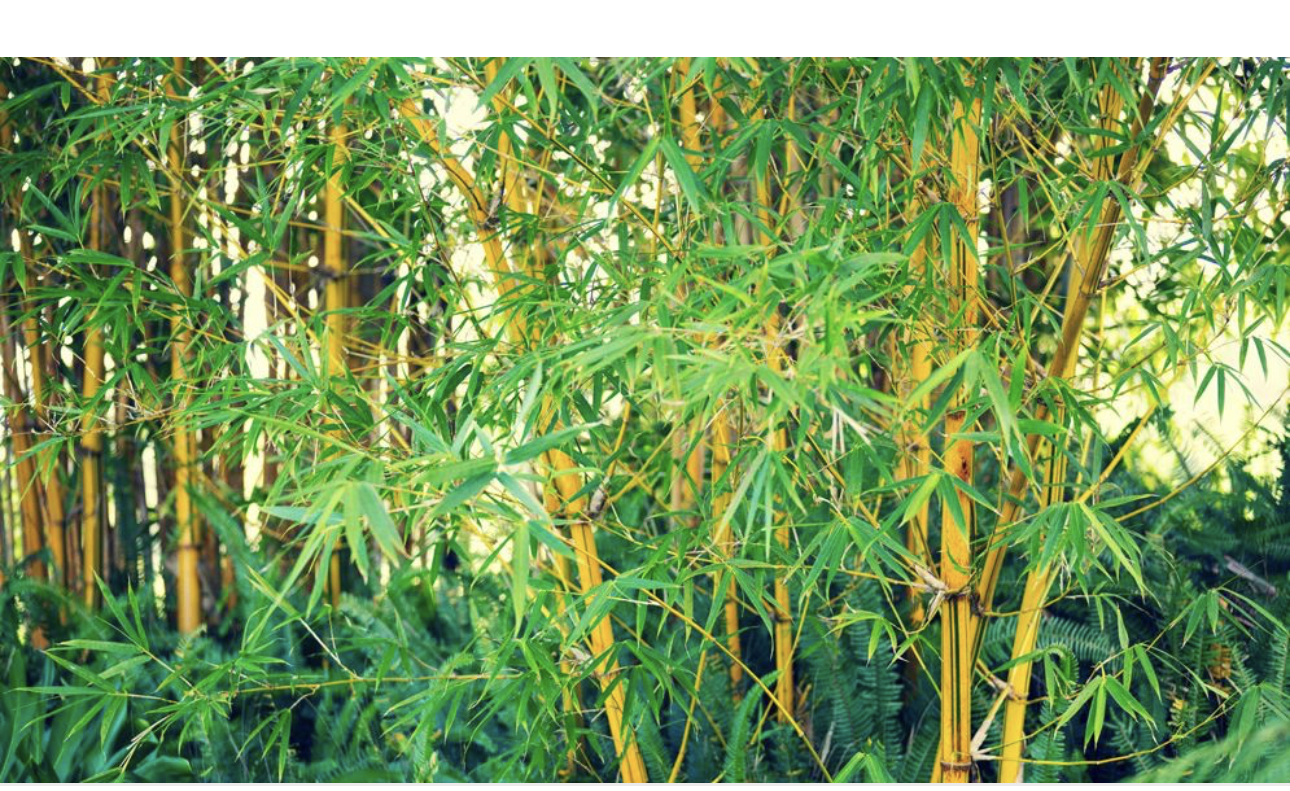Bamboo saves from earthquake
The 7.8-magnitude earthquake that devastated Ecuador in 2016 left the coastal city of Manta severely damaged. High-rise buildings of brick and concrete crumbled, and roads cracked. Yet, right alongside the destruction, structures made of bamboo—including restaurants and a fire station—suffered no damage and stand intact to this day. While Manta has recovered, bamboo remains the material credited with saving lives during that catastrophe.
Pablo Jacome Estrella, director of the International Bamboo and Rattan Organisation (INBAR), noted the resilience of the city’s hundreds of traditional bamboo homes:
“These were all built before the earthquake, and they withstood the shock.”
Bamboo: An Ancient Material Meets Modern Science
Bamboo has been used as a construction material for thousands of years across South America, Africa, and Asia. Recent research and laboratory shock tests, however, are confirming its superior effectiveness in earthquake resistance.
Today, this natural material is being sought after for construction projects globally, from the Philippines to Pakistan and Ecuador. Engineers and architects are even comparing bamboo to steel.
• Design for Flexibility: Bhavna Sharma, an Associate Professor at the University of Southern California, explains, “Nature designed it to bend. The hollow stem of bamboo reduces the mass of the structure. Research shows its flexibility allows it to absorb the shock of an earthquake.”
• Real-World Data: A survey conducted on over 1,200 buildings in Manabi by UK-based consultant Sebastian Kaminski found that, overall, concrete buildings sustained more damage than structures made of wood and bamboo.
Global Adoption and Future
Inspired by this resilience, a project launched in Manabi in 2021 has built hundreds of new bamboo homes and trained nearly 200 students in new construction techniques. Jacome Estrella notes that a two-bedroom house can be built for less than $20,000.
The Base Bahay Foundation in the Philippines has constructed over 800 bamboo houses since 2014. These homes, built with composite bamboo shear walls, have successfully withstood typhoons.
Liu Kewei, an INBAR Engineer, stated: “It is light enough for an earthquake and heavy enough for a hurricane.” He added, “Architects always say natural bamboo is a gift from God because nature created this type of plant in a hollow way.”
The primary challenge in incorporating bamboo into standard building codes is the natural variation in the size of bamboo stalks. Despite this, the International Organization for Standardization has adopted bamboo building codes since the 1999 Colombia earthquake. Governments in Peru, Ecuador, Bangladesh, India, and Mexico have also developed their own national bamboo codes.
Kaminski cautions that the seismic behavior of a bamboo building ultimately depends on how well it is designed.




